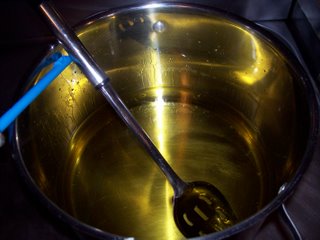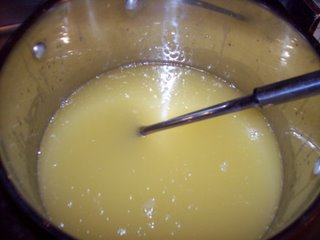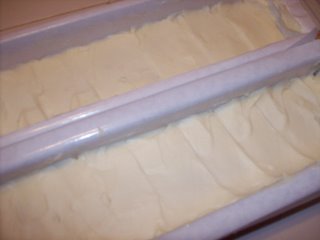My fall/winter line of handcrafted, cold-process soaps is ready to go! The scentsual goodness starts with the clear notes of the perennial favorite, Lemon Verbena. Apple Sage brings in the season with an earthy green-apple vibe. A couple of healing gemstone favorites, Rose Quartz and Amethyst, add some bright, energetic scents to the line. Warm Amber begins to move us into the cozy comforts of fall. And finally, Honey Butter Cashmere and Oatmeal, Milk & Honey have actual, real honey (with its acknowledged healing properties) added, creating a blissfully creamy lather that must be experienced to be believed! At $4.00 per 4 oz. bar, these are wonderful gifts to yourself, or for others.
Email me at ksriddle@sbcglobal.net to order!
Coming soon, winter/holiday soaps including Peppermint, Lavender, Spearmint, Christmas Wreath and Merry Berry. I'll post pictures here as soon as they're ready.





